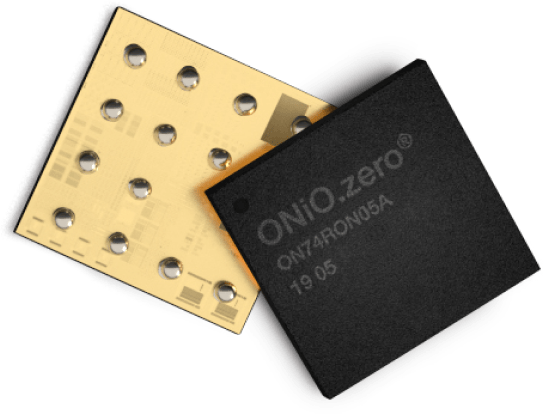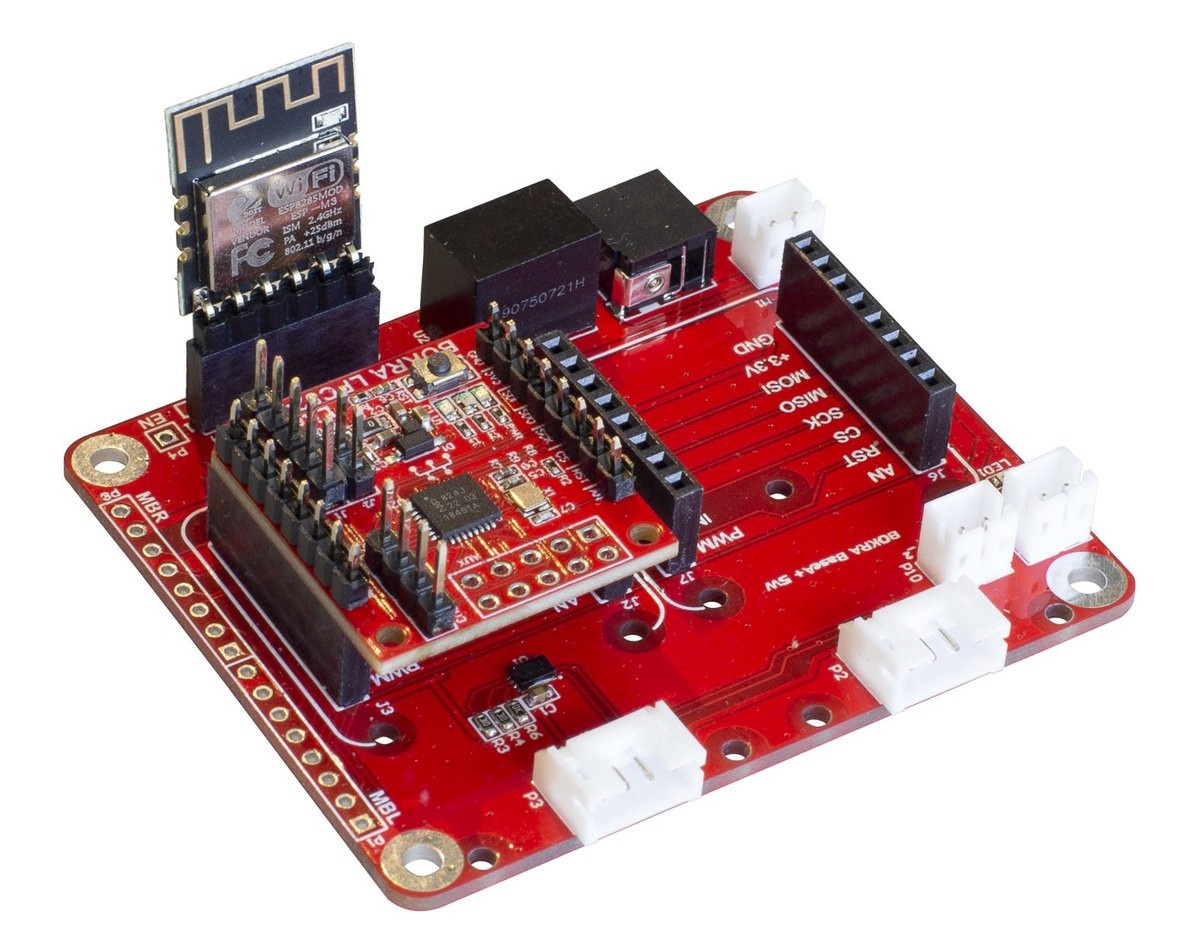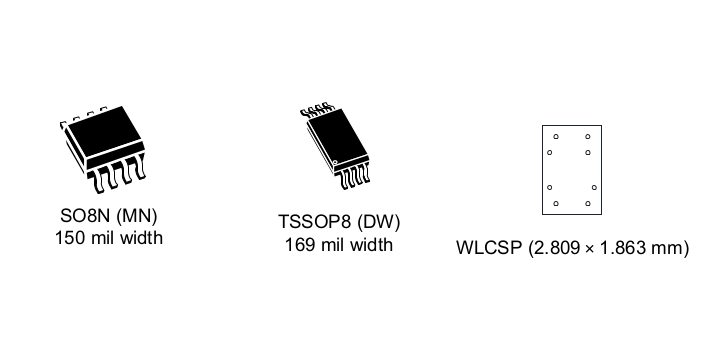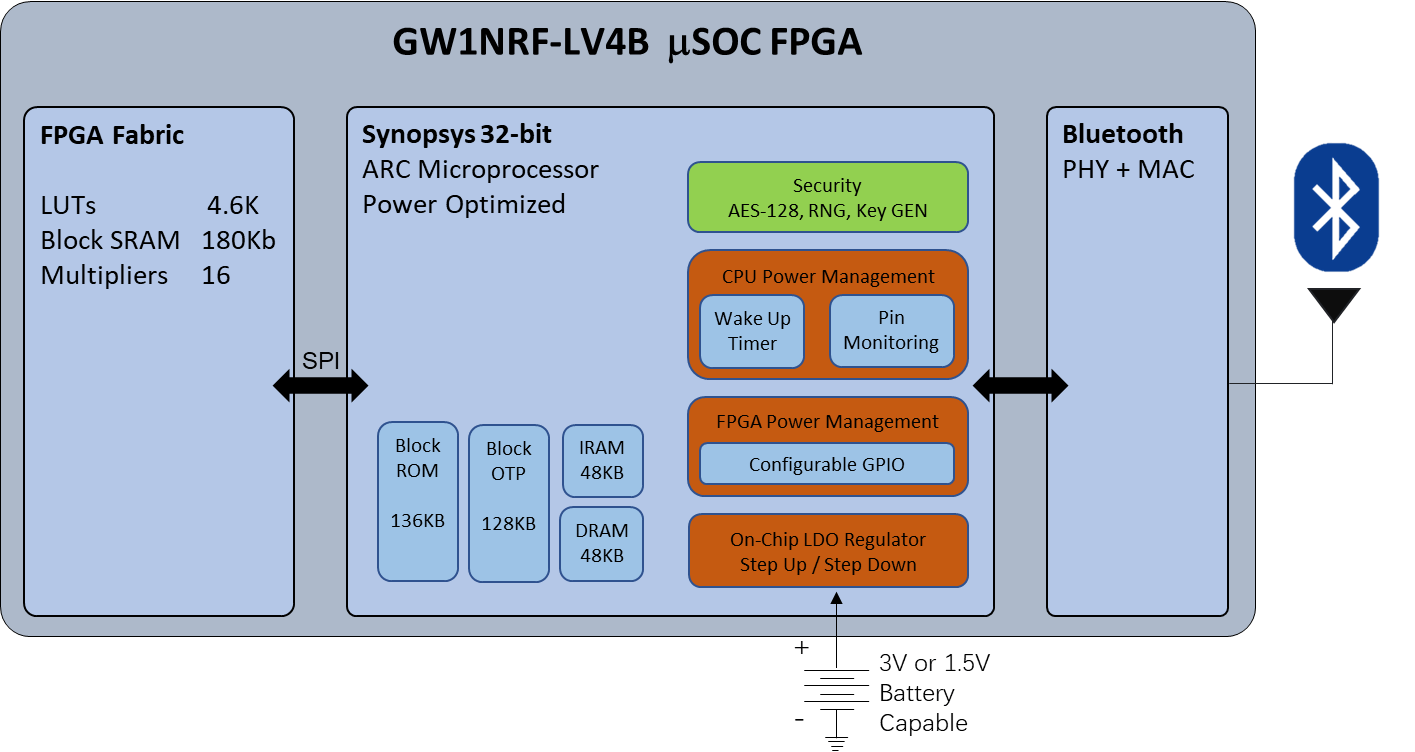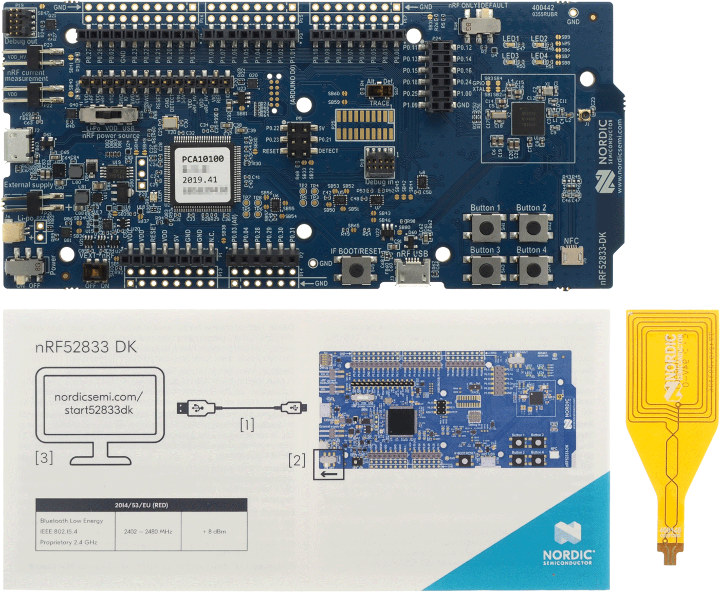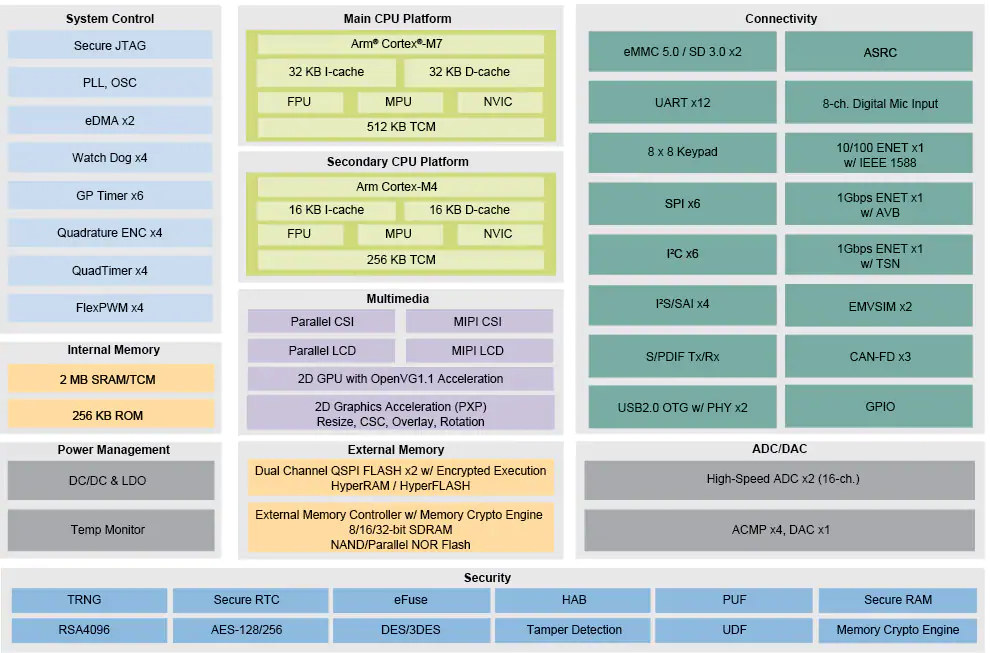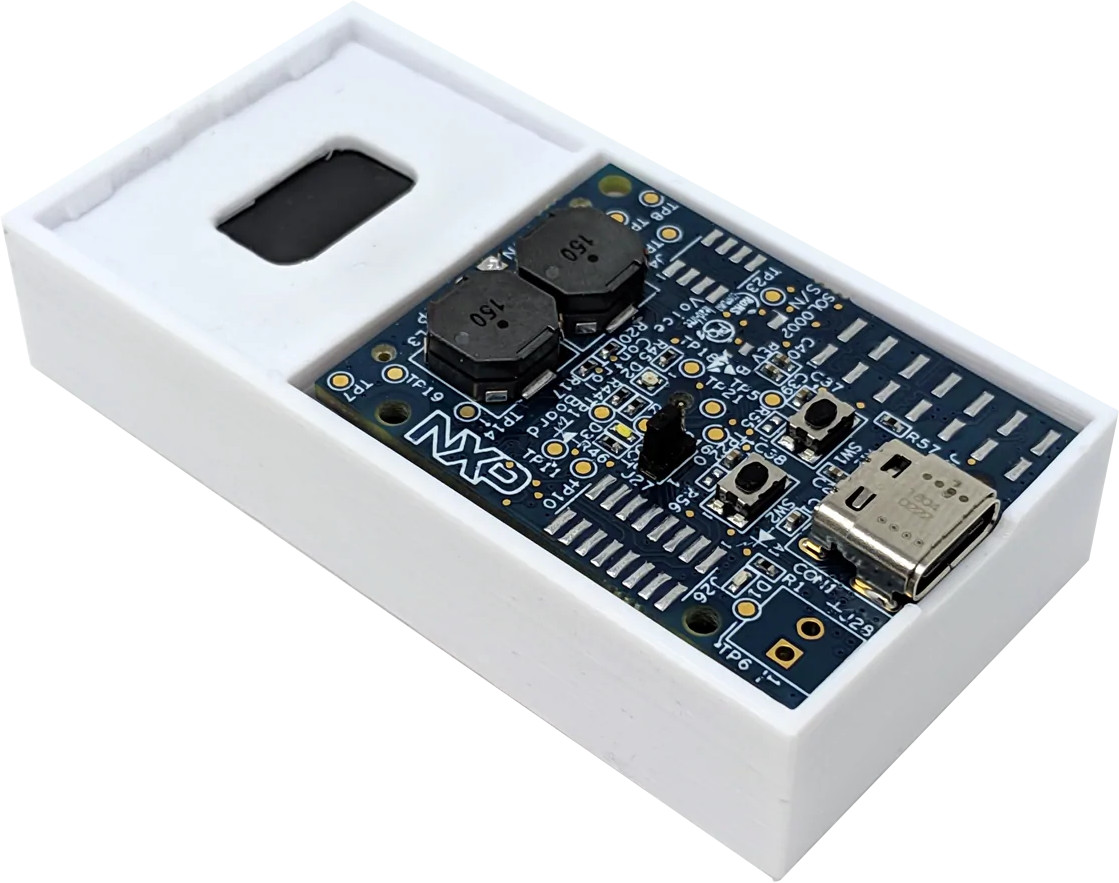Energy harvesting has been an exciting area people have tried to venture into mostly because of the possible applications that can arise from it. Newly invented energy-harvesting technologies accompanying low-power computing systems have pushed the boundaries of where embedded systems can be deployed. The demand for an increase in connected applications which require an underlying embedded system, and as we know, all electronic devices require a power source of some sort. This power source, batteries in most cases, comes with an accompanying buck regulator of some sort that will tend to increase the BOM. Aside from the BOM rise from the usage of batteries, there is also the shelf life and environmental aspects. The Norwegian specialist ONiO has introduced the ONiO.zero to address those issues. Having no battery means fewer components and a smaller design, which can easily be integrated into a wide range of solutions – be it fabrics, […]
Some Interesting Talks from FOSDEM 2020 Schedule
We wrote about IoT devroom call for proposals for FOSDEM 2020 a little while ago, and as the free open-source developer meetup is getting closer, FOSDEM 2020 organizers released the schedule. So I’ll look at some of the talks in the relevant devrooms such as the Internet of Things, hardware enablement, Embedded, Mobile and Automotive, as well as RISC-V and others to compose my own little virtual schedule for the 2-day event. Saturday, February 1 10:30 – 10:50 – How lowRISC made its Ibex RISC-V CPU core faster – Using open source tools to improve an open-source core – by Greg Chadwick Ibex implements RISC-V 32-bit I/E MC M-Mode, U-Mode, and PMP. It uses an in-order 2 stage pipe and is best suited for area and power-sensitive rather than high-performance applications. However, there is scope for meaningful performance gains without major impact to power or area. This talk describes work […]
BOKRA NXP LPC824 and Nordic nRF52832 powered MCU Modules Follow MikroBUS Form Factor
We first wrote about MikroElectronika MikroBUS socket in 2015 while covering an SBC which featured one MikroBUS socket supporting one of the 150 Click boards available at the time. There are now over 700 Click boards to choose from, with the tiny modules offering motor drivers, buttons, short-range connectivity, UART and other interfaces, as well as various sensors. But BOKRA had another idea: developing MCU based systems-on-module following MikroBUS form factor. BOKRA LPC824 Lite module The first of those modules is BOKRA LPC824 Lite with the following specifications: MCU – NXP LPC824M201JHI33 Arm Cortex-M0+ microcontroller @ 30 MHz with 32KB Flash Memory, 8 KB RAM I/O MikroBUS headers with SPI, I2C, UART, PWM, GPIOs 10-pin “Serial” header 4-pin I2C Grove connector for Seeed Studio I2C Grove modules Debugging interface – SWD Misc – Reset button, power LED, 2x user LEDs Power Supply – 5V/500mA via MIC5528 regulator Dimensions – 28.6 […]
STMicro Introduces the World’s First 4Mbit SPI EEPROM
EEPROM chips are often used to store configuration information and connected over I2C. But there are also SPI EEPROM, and STMicro has just announced one of the largest ones with M95M04-DR 4-Mbit serial SPI EEPROM. M95M04-DR key features: Capacity – 4 Mbit (512 Kbytes) of EEPROM with 512 bytes page size and additional write lockable page (Identification page) Host Interface – Serial peripheral interface (SPI) bus Write time – Byte Write within 5 ms, Page Write within 5 ms Write protect – Quarter array, half array, and whole memory array More than 4 million Write cycles More than 40-year data retention Max clock frequency – 10 MHz Single supply voltage: 1.8 V to 5.5 V Temperature range – -40°C to +85°C Enhanced ESD protection (up to 4 kV in human body model) Packages – SO8N, TSSOP8, and WLCSP The company explains their latest high-capacity EEPROM enables equipment such as smart […]
GOWIN GW1NRF FPGA Comes with Bluetooth 5.0 LE Radio & 32-bit ARC MCU
I first heard about GOWIN Semiconductor last month when I found out about Sipeed Tang Nano FPGA board going for $5 and featuring GOWIN GW1N FPGA. The company has now announced what it claims is the first Bluetooth FPGA on the market with GW1NRF FPGA integrating a Bluetooth 5.0 LE radio and a 32-bit ARC microcontroller beside FPGA fabric. GOWIN GW1NRF-LV4N uSoC FPGA key features and specifications: FPGA Fabric – 4.6K LUTs, 180 Kb block SRAM, and 16 multipliers MCU – 32-bit ARC microcontroller with 48KB IRAM, 48KB DRAM 136KB block ROM, 128KB block OTG Security – AES-128, RNG, Key GEN Power Management – Wake-up timer, pin monitoring Wireless – Bluetooth LE (Low Energy) 5.0 Transceiver with PHY & MAC Power Supply – 3V or 1.5 V with battery support via on-chip LDO regulator and step-up/step-down DCDC regular Power Consumption – 5nA power disable mode Package – 6x6mm QFN48 package […]
Nordic Semi nRF52833 WiSoC Supports Bluetooth 5.1 Direction Finding, Works up to 105ºC
Nordic Semiconductors had added a new member to their RF52 multi-protocol wireless SoCs with nRF52833 that supports Bluetooth 5.1 direction finding and can operate in a wider temperature range between -40ºC and +105°C. The company also introduced nRF52833 DK development kit for Bluetooth Low Energy, Bluetooth mesh, Thread, Zigbee (802.15.4), and 2.4GHz proprietary applications, and some companies have already announced nRF52833 modules. Nordic Semi nRF52833 Bluetooth 5.1 SoC Key features and specifications: MCU Core – Arm Cortex-M4F @ 64 MHz Memory – 128 KB RAM Storage – 512 KB Flash Connectivity Bluetooth 5.1 @ 2 Mbps/1 Mbps/500 kbps/125 kbps 802.15.4 (Thread/Zigbee) @ 250 kbps 2.4 GHz proprietary @ 2 Mbps / 1 Mbps NFC-A tag TX power – Programmable from +8 dBm to -20 dBm in 4 dB steps Sensitivity Bluetooth 5: -103 dBm at 125 kbps; -98 dB at 500 kbps; -95 dBm at 1 Mbps; -92 dBm at […]
NXP i.MX RT1170 Arm Cortex-M7/M4 Microcontroller Clocks at One Gigahertz!
Microcontrollers used to be those cute little things that clock at 8 or 16 MHz, but in the last decade, Cortex-M3/M4 microcontrollers became more powerful with 100 to 200 MHz clocks being quite common. But with the introduction of Arm Cortex-M7 core about 5 years ago, microcontrollers are seriously starting to take over tasks that were previously reserved to faster microprocessors. As I remember it, the MCU frequency “race” started with STMicro STM32H7 in 2016 with an impressive 400 MHz, and NXP i.MX RT crossover processor clocked at 600 MHz a few years later. But with i.MX RT1170 microcontroller, NXP has upped the ante as the new MCU combines an Arm Cortex-M4 core clocked at 400MHz with Arm Cortex-M7 core running at an amazing one Gigahertz (1 GHz). The documentation has not been released and we have limited information, but here’s what we know about NXP i.MX RT1170 key features […]
NXP i.MX RT106F & RT106A/L Cortex-M7 Processors Target Offline Face Recognition & Smart Audio Applications
NXP i.MX RT crossover processors combine real-time capabilities of microcontrollers with the performance of application processors thanks to an Arm Cortex-M7 core clocked at 528 MHz and more. The performance is indeed impressive as shown by Teensy 4.0 benchmarks, but so far NXP i.MX RT processor targeted general purpose applications. The company has now introduced three new crossover processors designed for AI applications. NXP i.MX RT106F is designed for offline face recognition and expression Identification, while RT106L and RT106A are made for local and cloud-based embedded voice applications. NXP i.MX RT106F Processor Highlights of the processor: CPU – Arm Cortex-M7 @ 600 MHz (3020 CoreMark/1284 DMIPS) Memory – 1 MB On-Chip SRAM plus up to 512 KB configurable as Tightly Coupled Memory (TCM) External memory interface options – NAND, eMMC, QuadSPI NOR Flash, and Parallel NOR Flash Real-time, low-latency response as low as 20 ns Industry’s lowest dynamic power with […]


